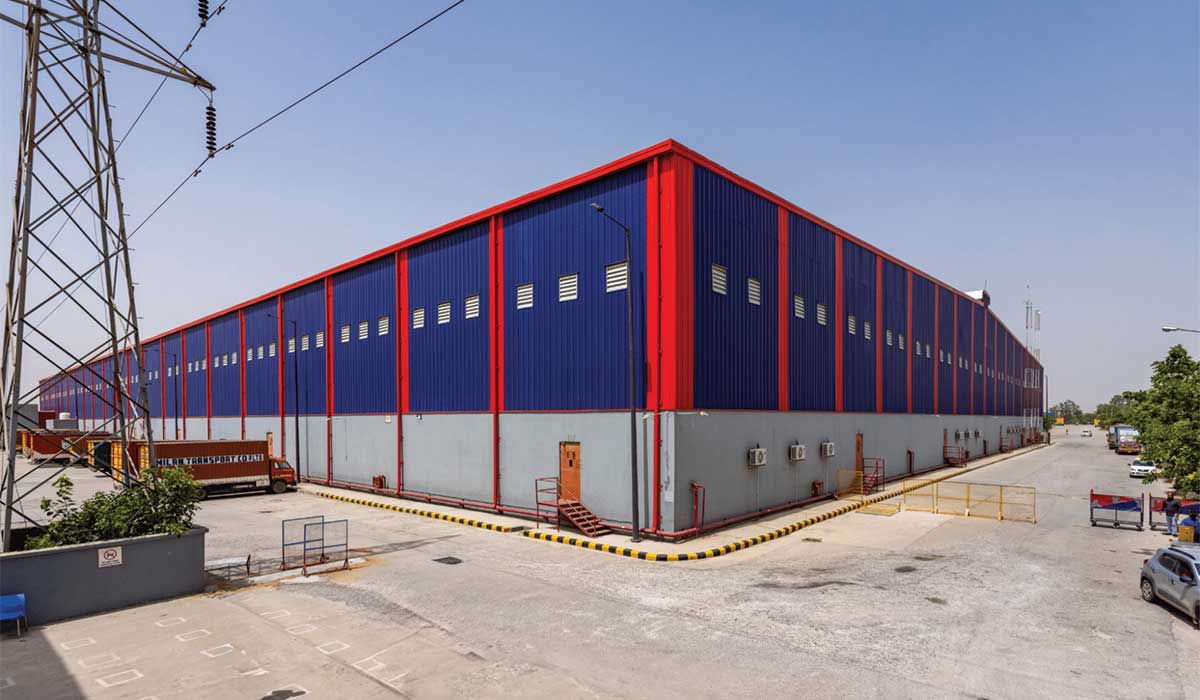
The shift from traditional design methods to the AI generation has brought unprecedented efficiency and accuracy across various construction stages, from design and documentation to construction and management. Unlike conventional methods like 2D drawings and fragmented data, stakeholders today can get much more information and spatial experience due to the availability and integration of technological innovations, catering to a rapidly modernising society.
The technology and tools available today aid in deliberate decision-making through an understanding of long-term behaviour and impact at all levels of the project — from design analysis to execution. Tools and technology have enabled us through all stages of a given project - from data collection to setting baselines during the pre-design stage to adaptation and resilience planning for the intended design life, design benchmarks, reviewing, project management, budget management, quality management and timely delivery of projects. This has offered unique possibilities and advantages as projects become increasingly complex and challenging. It also helps predict future expansion and adaptation possibilities in design, giving designers foresight and projects more flexibility through data-driven designs.

Advanced materials like engineered wood and carbon fibre enable stronger and lighter structures, enhancing quality and efficiency. Technology such as AI-driven design software and prefabrication techniques accelerates construction timelines while reducing errors. Engineering principles optimise resource use and structural integrity, promoting sustainability. Collaboration among these disciplines fosters holistic approaches, ensuring buildings are durable, energy-efficient, and environmentally friendly, meeting the demands of modern construction practices for higher quality, faster delivery, and sustainable outcomes.
The future of the Indian built environment has tremendous potential to develop complex structures in challenging environments with diverse social and climatic conditions. Disruptive technologies are shaping the future and solving longstanding problems through a different lens. This has enabled architecture and engineering to streamline and improve quality, accuracy, and innovation. Various 3D integrated design and analysis software makes construction operations easier by carrying out complex simulations. These emerging technologies can be utilised to cater to the specific challenges faced in the construction industry. This also allows for more creativity and innovation in architecture. A switch to digital operations with all the costs involved seems a justified move in the industrial context.















